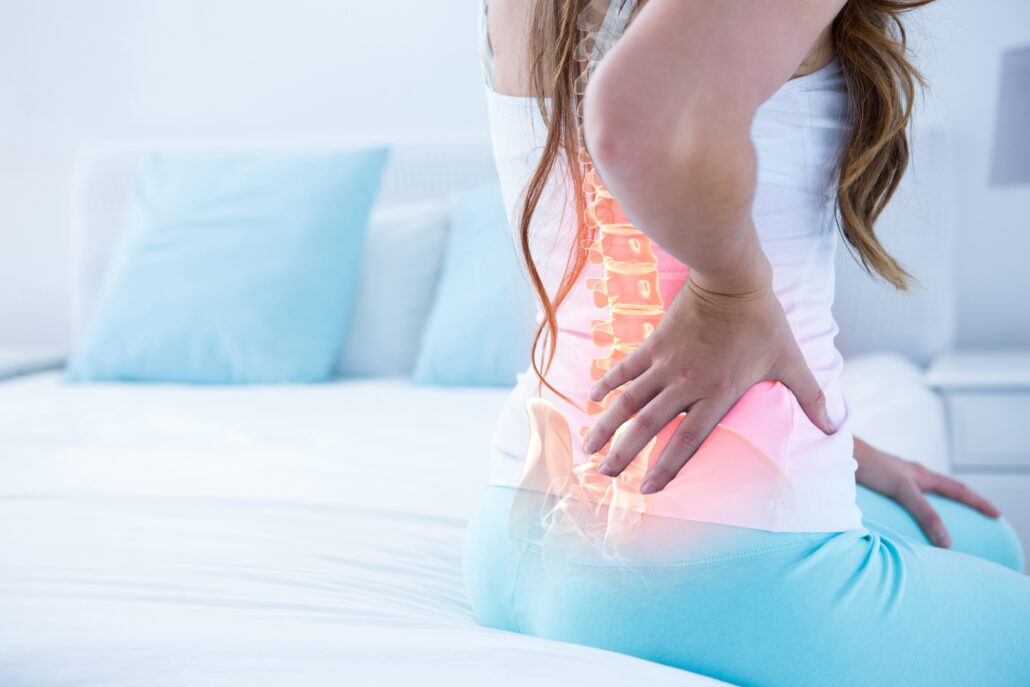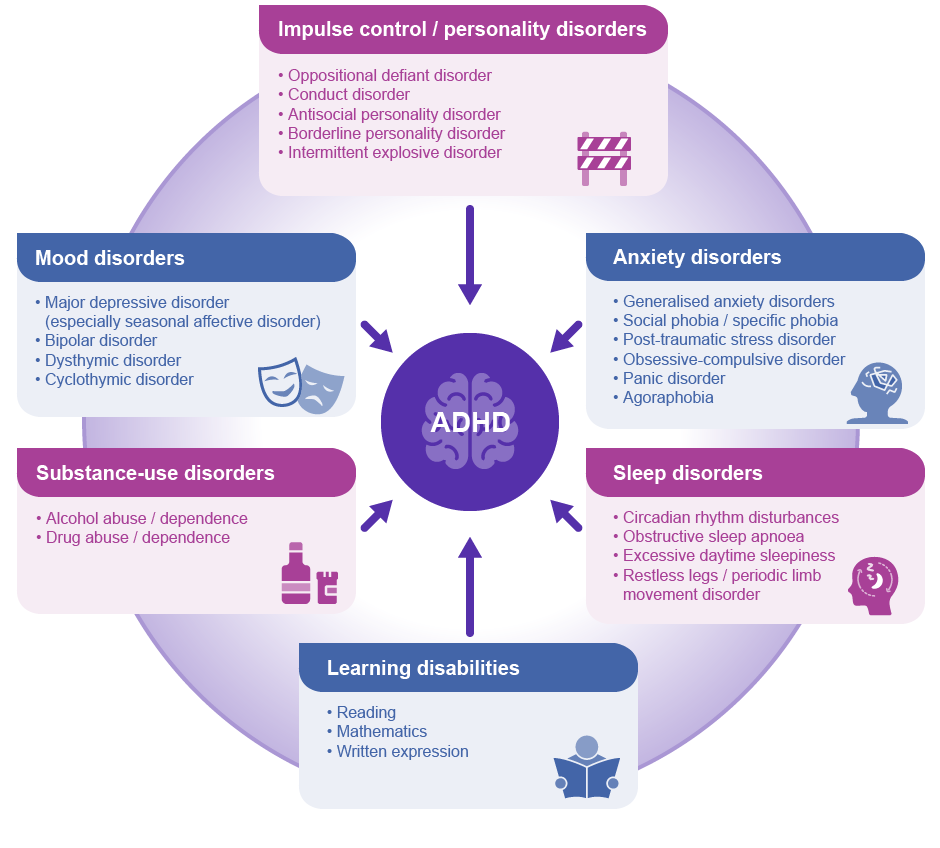Everything you need to know about osteoarthritis
Osteoarthritis (OA) causes inflammation in the joints and the breakdown and gradual loss of joint cartilage. As the cartilage wears down, a person experiences pain and difficulty with movement.
OA is a common joint disorder. It develops in the hand, for example, in 1 in 12 people over the age of 60, according to the Arthritis Foundation.
OA is a progressive disease, which means that symptoms worsen over time.
There is no cure, but treatment can help manage pain and swelling and keep a person mobile and active.
Symptoms
OA leads to pain and stiffness in the joints.
In the early stages, a person may have no symptoms. Symptoms may occur in one or more joints, and they tend to appear gradually.
When symptoms develop, they can include:
- pain and stiffness that worsen after not moving the joint for a while
- swelling
- difficulty moving the affected joint
- warmth and tenderness in the joints
- a loss of muscle bulk
- a grating or crackling sound in the joint, known as crepitus
The progression of OA involves:
- synovitis — mild inflammation of the tissues around the joints
- damage and loss of cartilage
- bony growths that form around the edges of joints
Effects
Cartilage is a protective substance that cushions the ends of the bones in the joints and allows the joints to move smoothly and easily.
In people with OA, the smooth surface of the cartilage becomes rough and starts to wear away. As a result, the unprotected bones start to rub together, causing damage and pain.
Eventually, bony lumps form on the joint. The medical names for these are bone spurs or osteophytes, and they can lend a knobbly appearance to the joint.
As the bones change shape, the joints become stiffer, less mobile, and painful. Fluid may also accumulate in the joint, resulting in swelling. While OA can develop in any joint, it commonly affects the knees, hips, hands, lower back, and neck.
The knees
OA usually occurs in both knees, unless it results from an injury or another condition.
A person with the condition may notice that:
- There is pain when walking, especially uphill or upstairs.
- The knees lock into position, making it harder to straighten the leg.
- There is a soft, grating sound when they bend or flex the knee.
The hips
A person with OA in the hips may find that any movement of the hip joint, such as standing up or sitting down, can cause difficulty or discomfort.
Pain in the hips is a common feature of the condition. OA in the hips can also cause pain in the knee or in the thighs and buttocks.
A person may experience this pain while resting as well as while walking, for example.
The hands
In the hands, OA can develop in:
- the base of the thumb
- the top joint of the other fingers, closest to the nail
- the middle joint of the other fingers
A person with the condition may notice:
- pain, stiffness, and swelling in the fingers
- bumps that develop on the finger joints
- a slight bend sideways at the affected joints
- fluid-filled lumps or cysts on the backs of the fingers, which may be painful
- a bump that develops where the thumb joins the wrist, which can make it difficult to write or turn a key
For some people, the finger pain decreases and eventually goes away, though the swelling and bumps remain.
Anyone who experiences joint stiffness and swelling for more than 2 weeks should see a doctor.
Causes
Doctors do not know the exact cause of OA, but it seems to develop when the body is unable to repair joint tissue in the usual way.
It often affects older people, but it can occur at any age.
Genetic factors
Some genetic features increase the risk of developing OA. When these features are present, the condition can occur in people as young as 20 years old.
Trauma and overuse
A traumatic injury, surgery, or overuse of a joint can undermine the body’s ability to carry out routine repairs and may trigger OA, eventually leading to symptoms.
It can take several years for OA symptoms to appear after an injury.
Reasons for overuse or repeated injury include jobs and sports that involve repetitive movement.
Risk factors
A number of risk factors increase the chances of developing OA.
- Sex: OA is more common among females than males, especially after the age of 50.
- Age: Symptoms are more likely to appear after the age of 40, though OA can develop in younger people after an injury — especially to the knee — or as a result of another joint condition.
- Obesity: Excess weight can put strain on weight-bearing joints, increasing the risk of damage.
- Occupation: Jobs that involve repetitive movements in a particular joint increase the risk.
- Genetic and hereditary factors: These can increase the risk in some people.
Other conditions
Some diseases and conditions make it more likely that a person will develop OA.
- inflammatory arthritis, such as gout or rheumatoid arthritis
- Paget’s disease of the bone
- septic arthritis
- poor alignment of the knee, hip, and ankle
- having legs of different lengths
- some joint and cartilage abnormalities that are present from birth
Diagnosis
A doctor will ask about symptoms and perform a physical examination.
No definitive test can diagnose OA, but tests can show whether damage has occurred and help rule out other causes.
Tests may include:
X-rays and MRI: These can reveal bone spurs around a joint or a narrowing within a joint, suggesting that cartilage is breaking down.
Joint fluid analysis: A doctor will use a sterile needle to withdraw fluid from an inflamed joint for analysis. This can rule out gout or an infection.
Blood tests: These can help rule out other conditions, such as rheumatoid arthritis.
Treatment
While no treatment can reverse the damage of OA, some can help relieve symptoms and maintain mobility in the affected joints.
Interventions include exercise, manual therapy, lifestyle modification, and medication.
Medication
Medication can help reduce pain.
Acetaminophen (Tylenol)
This can relieve pain in people with mild to moderate symptoms. Follow the doctor’s instructions, as overuse can lead to side effects and cause interactions with other medications.
Nonsteroidal anti-inflammatory drugs
If acetaminophen does not help, the doctor may recommend a stronger pain reliever, which may include ibuprofen, aspirin, or diclofenac.
A person can take these orally or topically, applying the medication directly to the skin.
Capsaicin cream
This is a topical medication that contains the active compound in chilies. It creates a sensation of heat that can reduce levels of substance P, a chemical that acts as a pain messenger.
Pain relief can take 2 weeks to a month to fully take effect.
Do not use the cream on broken or inflamed skin, and avoid touching the eyes, face, and genitals after using it.
Intra-articular cortisone injections
Corticosteroid injections in the joint can help manage severe pain, swelling, and inflammation. These are effective, but frequent use can lead to adverse effects, including joint damage and a higher risk of osteoporosis.
Duloxetine (Cymbalta) is an oral drug that can help treat chronic musculoskeletal pain.
Physical therapy
Various types of physical therapy may help, including:
Transcutaneous electrical nerve stimulation (TENS): A TENS unit attaches to the skin with electrodes. Electrical currents then pass from the unit through the skin and overwhelm the nervous system, reducing its ability to transmit pain signals.
Thermotherapy: Heat and cold may help reduce pain and stiffness in the joints. A person could try wrapping a hot water bottle or an ice pack in a towel and placing it on the affected joint.
Manual therapy: This involves a physical therapist using hands-on techniques to help keep the joints flexible and supple.
Assistive devices
Various tools can provide physical support for a person with OA.
Special footwear or insoles can help, if OA affects the knees, hips, or feet, by distributing body weight more evenly. Some shock-absorbing insoles can also reduce the pressure on the joints.
A stick or cane can help take the weight off of the affected joints and may reduce the risk of a fall. A person should use it on side of the body opposite to the areas with OA.
Splints, leg braces, and supportive dressings can help with resting a painful joint. A splint is a piece of rigid material that provides joint or bone support.
Do not use a splint all the time, however, as the muscles can weaken without use.
Surgery
Some people may need surgery if OA severely affects the hips, knees, joints, or the base of the thumbs.
A doctor will usually only recommend surgery if other therapies have not helped or if there is severe damage in a joint.
Some helpful procedures include:
Arthroplasty
This involves a surgeon removing the damaged areas and inserting an artificial joint, made of metal and plastic. Some refer to this procedure as a total joint replacement.
The joints that most often require replacing are the hip and knee joints, but implants can also replace the joints in the shoulder, finger, ankle, and elbow.
Most people can use their new joint actively and painlessly. However, there is a small risk of infection and bleeding. An artificial joint may also come loose or wear down and eventually need replacing.
Arthrodesis
This involves a surgeon realigning, stabilizing, or surgically fixing the joint to encourage the bones to fuse. Increased stability can reduce pain.
A person with a fused ankle joint will be able to put their weight on it painlessly, but they will not be able to flex it.
Osteotomy
This involves a surgeon removing a small section of bone, either above or below the knee joint. It can realign the leg so that the person’s weight no longer bears down as heavily on the damaged part of the joint.
This can help relieve symptoms, but the person may need knee replacement surgery later on.
Complications
Septic arthritis is joint inflammation caused by bacteria. Joint replacement surgery slightly increases the risk of this infection.
This is a medical emergency, and hospitalization is necessary. Treatment involves antibiotic medication and drainage of the infected fluid from the joint.
Lifestyle tips
A range of strategies can help ease the symptoms of OA. Ask the doctor for advice about suitable lifestyle adjustments. They may recommend:
Exercise and weight control
Exercise is crucial for:
- maintaining mobility and range of movement
- improving strength and muscle tone
- preventing weight gain
- building up muscles
- reducing stress
- lowering the risk of other conditions, such as cardiovascular disease
Current guidelines recommend that everyone should do at least 150 minutes of moderate-intensity exercise each week.
A doctor or physical therapist can help develop an exercise program, and it is important to follow their instructions carefully to prevent further damage.
Choose activities that will not put additional strain on the joints. Swimming and other types of water-based exercise are a good way to keep fit without putting additional pressure on the joints.
Assistive devices and adjustments
A loss of mobility due to OA can lead to further problems, such as:
- an increased risk of falls
- difficulty carrying out daily tasks
- stress
- isolation and depression
- difficulty working
A physical or occupational therapist can help with these issues. They may recommend:
Assistive devices: Using a walker or cane can help prevent falls.
Adjustments to furniture and home fittings: Higher chairs and devices such as levers that make it easier to turn faucet knobs, for example, can help.
Talking to an employer: It may be possible to make adjustments to the workplace or arrange for more flexible hours.
Supplements
Some research has suggested that people with low vitamin D levels have a higher risk of OA. Also, in people with a low vitamin C intake, the disease may progress more rapidly.
Low levels of vitamin K and selenium may also contribute, but confirming these findings will require further research.
Some people use supplements for OA, including:
- omega-3 fatty acids
- calcium
- vitamin D
The American College of Rheumatology note that there is not enough evidence to support the safety and effectiveness of these supplements for OA. They recommend asking a doctor before using them.
Outlook
OA is a common disease that causes joints to deteriorate, leading to pain and stiffness. It tends to appear during middle age or later.
There is currently no cure, but researchers are looking for ways to slow or reverse the damage. Lifestyle remedies and pain relief medications can help manage it.




